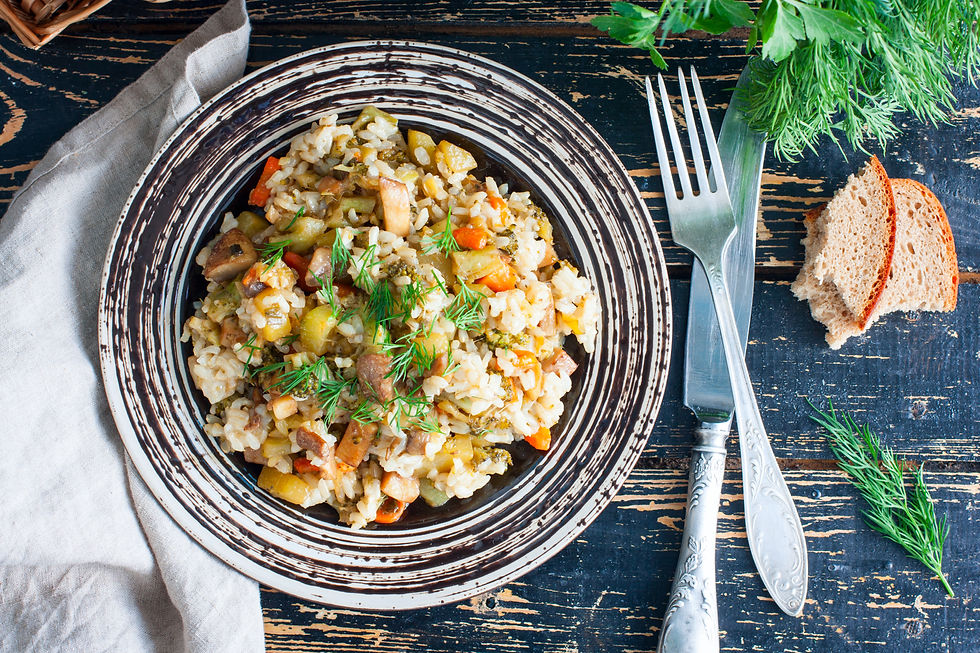Sprouted Grains for Dummies
- Sunningdale Mills
- Aug 31, 2017
- 1 min read
To make this more complicated, there is no standard definition of sprouted grains. A simple explanation would describe a sprouted grain as whole grain in the transition stage from seeds to a plant. Eventually, at the right moisture level, temperature and time the seed will begin to sprout on its journey to becoming a plant. In the correct controlled environment the sprouting is stopped at a specific time to enhance and consume the grain at its most beneficial and nutritious state.
There are two types of sprouting that can be incorporated into meals: dry and wet sprouting. Dry sprouting is used for products with longer shelf stability in such products like cereal, bagged dinner blends etc. Wet sprouting takes place when the sprouted grain is mashed into a purée and used for products like breads, muffins and baked goods with a shorter shelf life.
A sprouted grain contains 3 edible parts: the bran, the endosperm and the germ. The bran and germ are what contain the majority of valued nutrients (vitamins, fibre, antioxidants and minerals). While processing refined grains and flours, the bran and germ are removed to increase shelf stability. This is why SPE (a foodservice industry standard) promotes consuming whole grains rather than refined grains.
































Comments